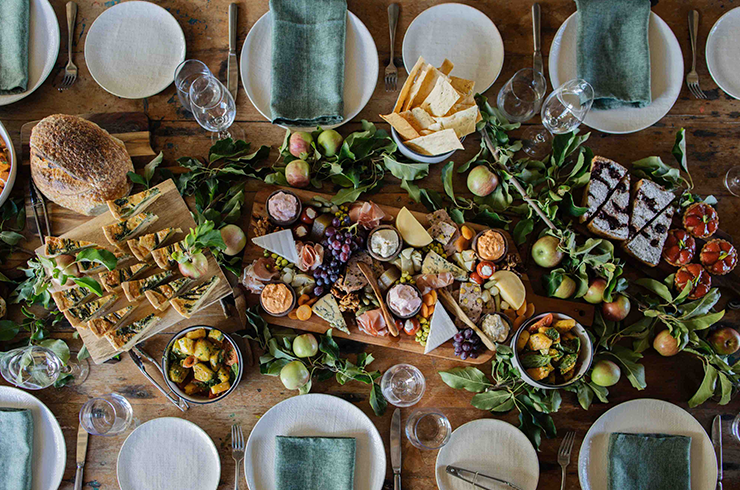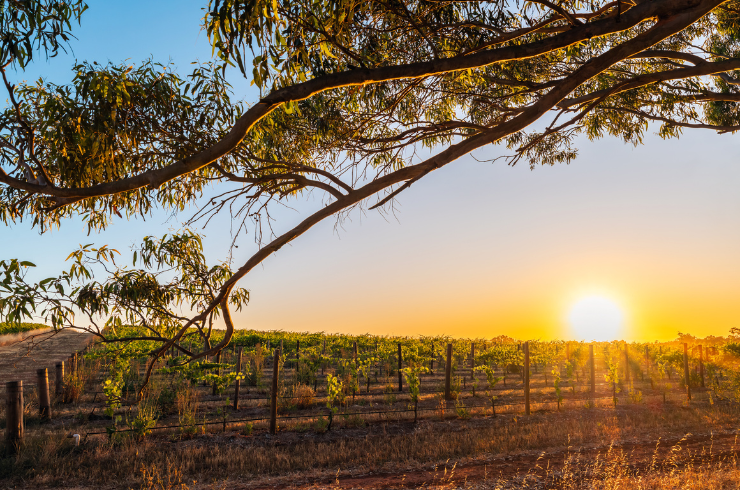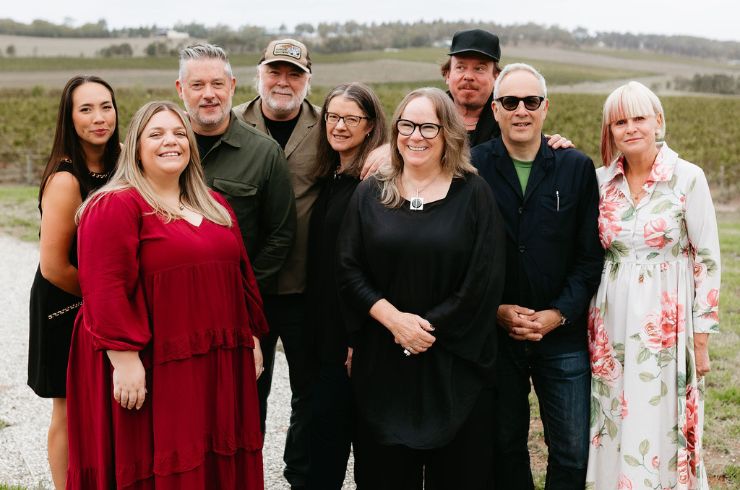- On the Friday before Christmas, devasting bushfires swept through South Australia’s Adelaide Hills, affecting more than 60 grape growers and producers. Since then, fires have continued to rage around the country, with the rolling crisis far from over.
Australian Grape & Wine chief executive Tony Battaglene says it is still very early in the season. “Despite some relief with the weather this week, it’s going to come up again this weekend,” he says. Tony says there is another 10 weeks of fire danger to manage, so they are working closely with various government bodies and other authorities to develop a response plan. "This is the new normal and we know we have to be better prepared," Tony says.
Adelaide Hills Wine Region executive officer Kerry Treuel confirms that 30 per cent of the region’s vineyards were in the fire area, but the extent of the damage is yet to be determined. “Unfortunately some vineyards are completely wiped out, but there are other areas where vines are still intact with no fire damage, and we are hopeful that these will be harvestable.” She adds, however, the flow-on effects of the December disaster will be felt for many years to come.
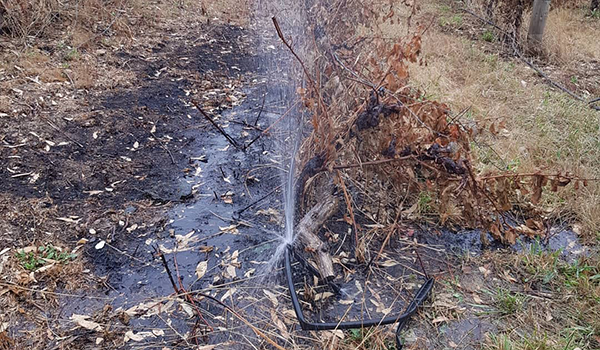
Irrigation restored to the Tilbrook Estate chardonnay vines after help from volunteers. (Image: @tilbrookestate)
James Tilbrook of Tilbrook Estate was one of the hardest hit in the Adelaide Hills. “Our winery is gone and everything in there – we lost all of our stock in bottle, in tank and in barrel,” he says. “I thought I had lost almost all of the vineyard, but now it seems the grapes that were further away might be okay.” James has since been methodically working through his vines to determine the damage and attempt to revive what he can.
Like many in the region, James and his team have been overwhelmed with support, with more than 100 volunteers assisting in the vineyard since the fire, as well as receiving offers of bulk wine, which he will be able to blend and sell for the 2020 vintage, plus the use of winemaking facilities in the community. “That sort of stuff is invaluable,” he says.
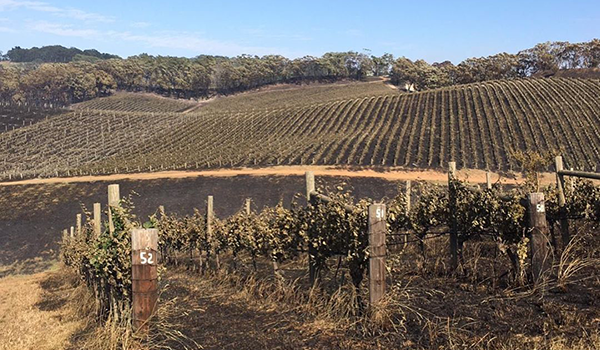
Henschke's Lenswood vineyard following the Cudlee Creek fires in South Australia. (Image: @henschke)
The situation is ongoing, with parts of South Australia’s Kangaroo Island still burning. A number of its producers remain unaffected while others have been in the line of fire. Right now, there are no reports of Gippsland wineries having been directly impacted by that region’s fires, but the wider area remains under threat.
Tony Battaglene says there are two aspects to the current situation. “There are the people being directly affected, with vineyards in the Adelaide Hills, Tumbarumba, the south coast of NSW and East Gippsland. And then there’s also the issue of smoke taint.”
Once veraison hits – when the fruit begin to ripen – those grapes exposed to smoke in the air are at risk of taking on burnt flavours, which can show in the resulting wines. Smoke taint is reportedly not yet an issue for Canberra District producers, despite extremely poor air quality in recent weeks, as the region’s grapes are still weeks away from ripening.
For the Hunter Valley in NSW, smoke taint is top of mind, and a number of wineries are already harvesting. Angus Barnes, executive officer of the NSW Wine Industry Association, says picking is a little earlier than average due to a range of factors, including warmer weather and drought conditions, as well as smoke concerns. Angus says they are working closely with the Australian Wine Research Institute and other bodies to ensure they are doing everything they can for the vines.
How to help

Vinteloper owner David Bowley onsite after the loss of his vineyards. (Image: @vinteloper)
Tony Battaglene recommends people plan trips to the affected regions – once they are deemed safe – to buy the producers' wines, spend time and money at various cellar doors, and get some cashflow back into the community. Many cellar doors in the Adelaide Hills, for example, are operating as usual, and the region’s huge annual festival, Crush, is fast approaching on the Australia Day long weekend, which could provide a good excuse to get away and show support. “Be a bit choosy about what wines you buy from where, and look to help that way. That’s the best support you can give,” Tony says.
Angus Barnes agrees. "For anyone who wants to help, we are asking people to buy New South Wales wine, and to come and visit us. Some regions are still under difficult circumstances, such as Tumbarumba and some of the south coast, but generally we are open for business. That's how we can get the most benefits."
Among the affected Adelaide Hills wineries are Vinteloper, which sells its wines at Lot 100 that is open now, as well as Henschke, Golding Wines, Tomich Wines, Barristers Block Wines, Nova Vita Wines, New Era Vineyards, Anderson Hill Wines, Bird in Hand Wine, Artwine, Turon Wines, Emmeline Wines, Callum Beal, Geoff Weaver and Riposte Wines, as well as so many other growers.
A range of fundraisers are in place, including some run by the individual wineries, such as Tilbrook Estate's GoFundMe page, as well as the Adelaide Hills Wine Region Bushfire Appeal.
Latest Articles
-
Win
Win a stunning collection of Plumm glassware and wine, valued at over $500
2 days ago -
Wine Lists
Top Christmas wines under $30 (and five worth splurging on)
11 Dec 2025 -
Wine Lists
Why you should drink Australian this festive season (and 80 of our best wines to try)
11 Dec 2025 -
From the tasting team
The Aussie wines the Halliday Tasting Team will be opening this festive season
11 Dec 2025

